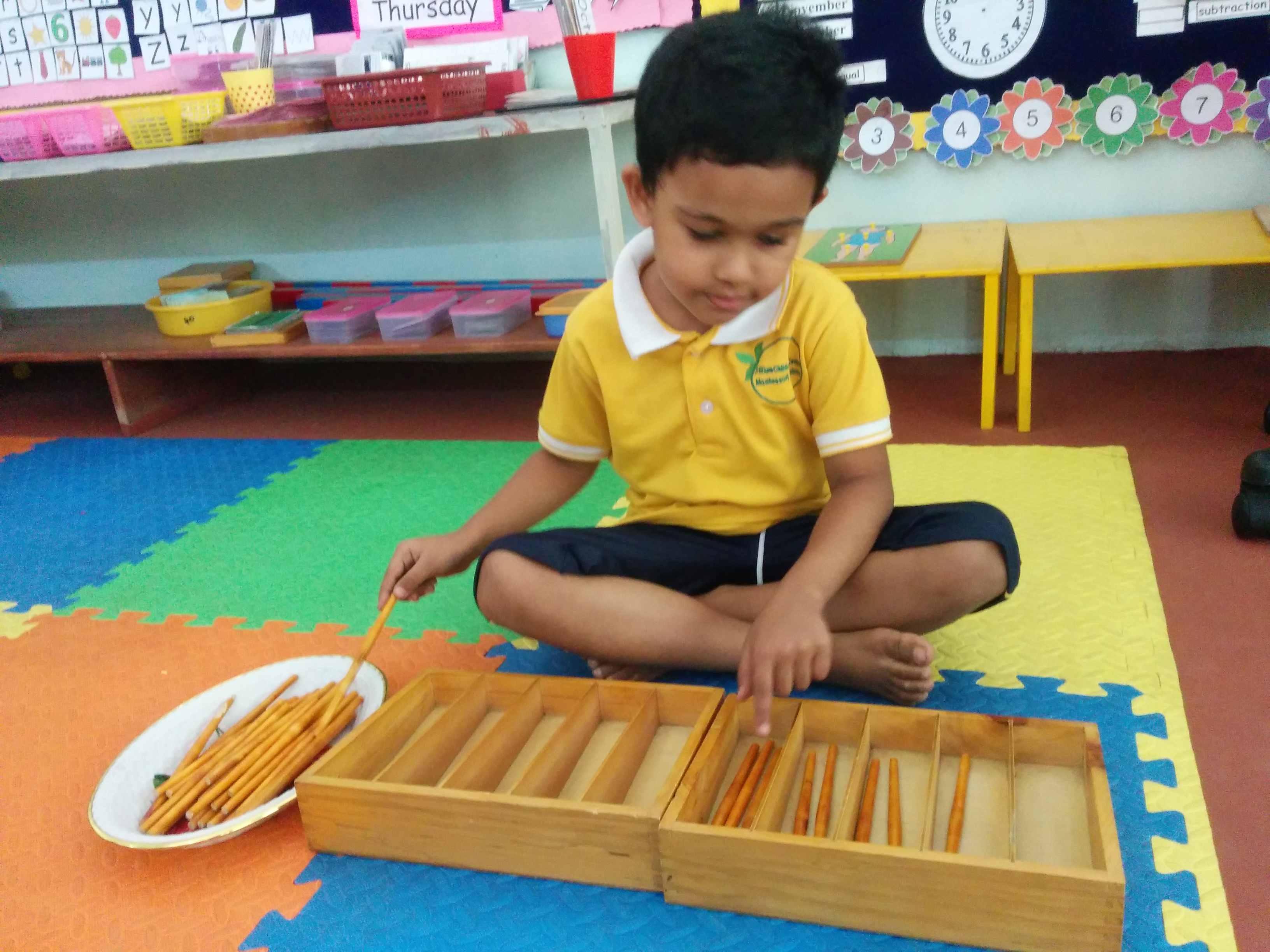The Montessori System of education was originated in the early 1900’s by the Italian Physician Dr. Maria Montessori.
Her work inspired a movement that has carried the approach into many countries of the world and influenced the development of childcare and educational practices through the whole range of child growth, from infancy through secondary school. She found that if you provide a child with the right environment and tools, the child has endless opportunities to grow and learn. Montessori stressed that children are like sponges; from ages 2 1/2 to 6, children absorb everything around them. During this time it is imperative that the child explores and discovers things on his own. Maria Montessori discovered an interesting and effective educational method by experimenting with different materials and approaches to teaching and by observing activities that children of different age groups were drawn to.

The Montessori Method -
There are two key components to the Montessori Method: The environment, including the educational materials and exercises and the teachers who prepare the environment.
There are six basic components to the Montessori classroom environment. They deal with the concepts of freedom, structure and order, reality and nature, beauty and atmosphere, the Montessori materials, and the development of community life. Children are given presentations of materials individually or in small groups. Montessori materials build upon each other and designed to facilitate self –correction and the refinement of sensory perceptions. Therefore, a material used in preschool lays a foundation for future learning.
Important aspects -
- Absorbent mind and Sensitive periods
- Role of the environment and freedom
- Learning with and from peers
- Educating the whole child and normalization
- Meaningful contexts for learning (educational opportunities connecting to real life)